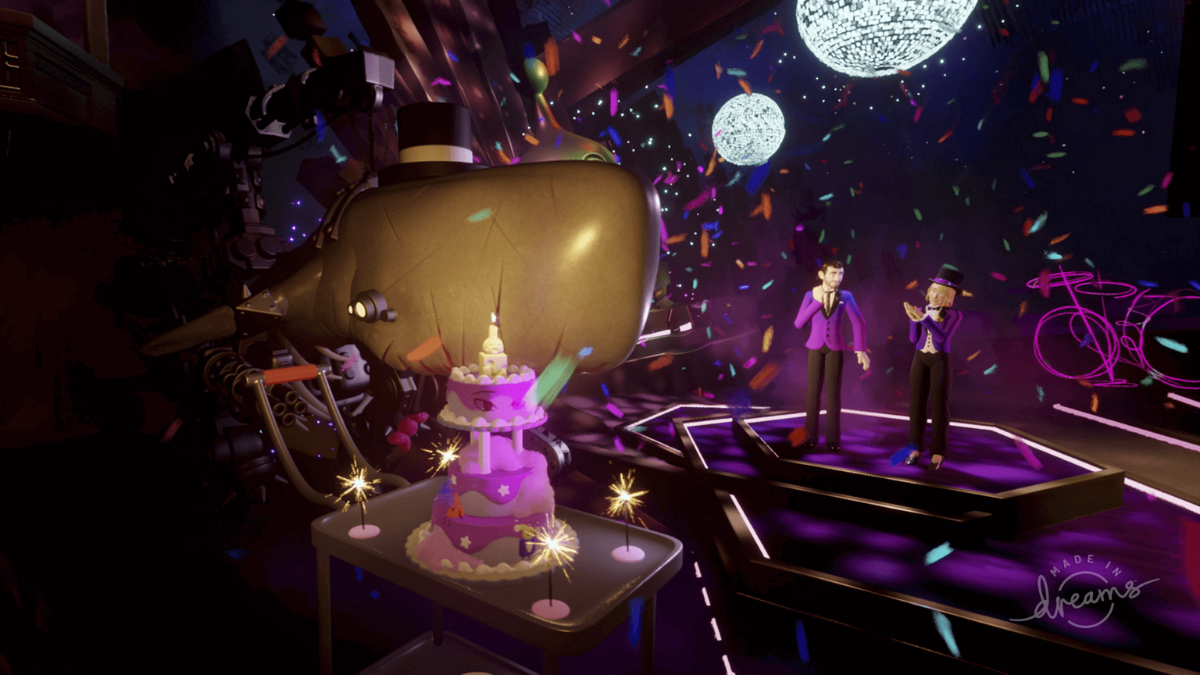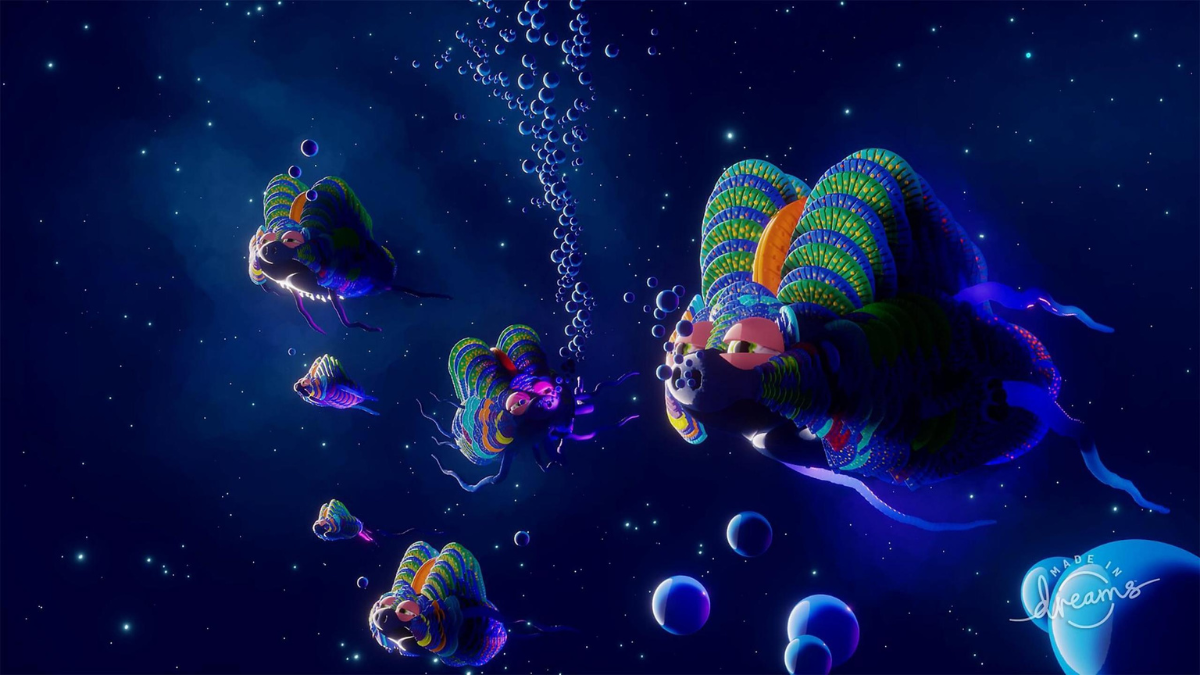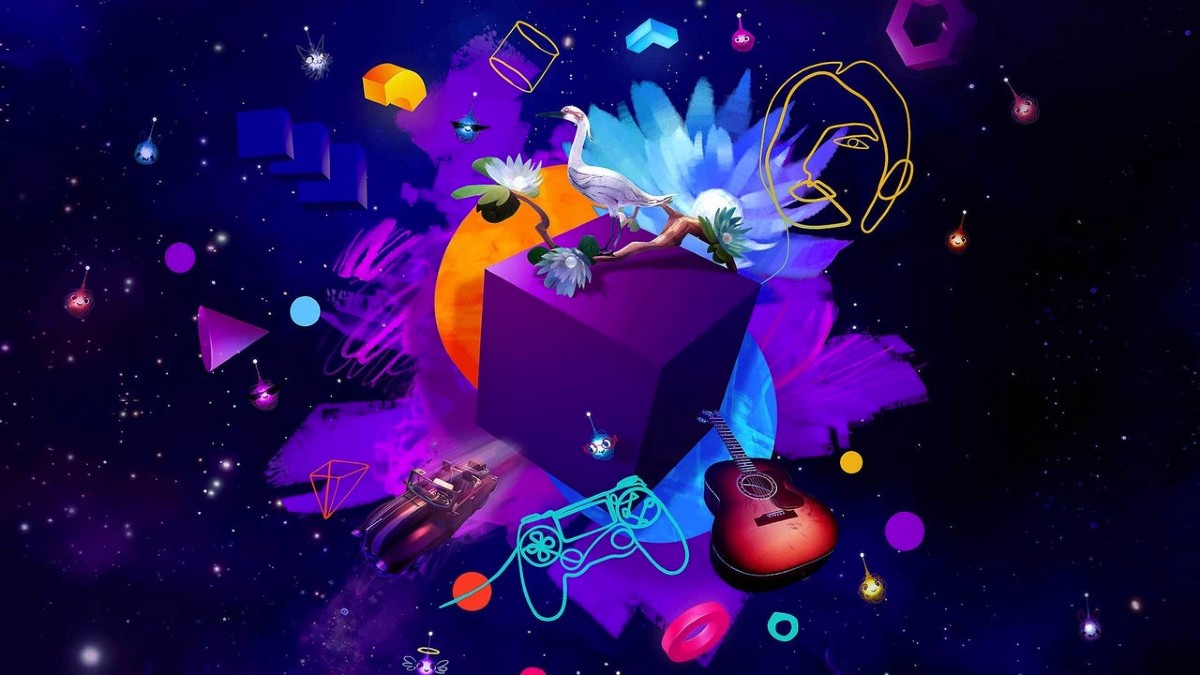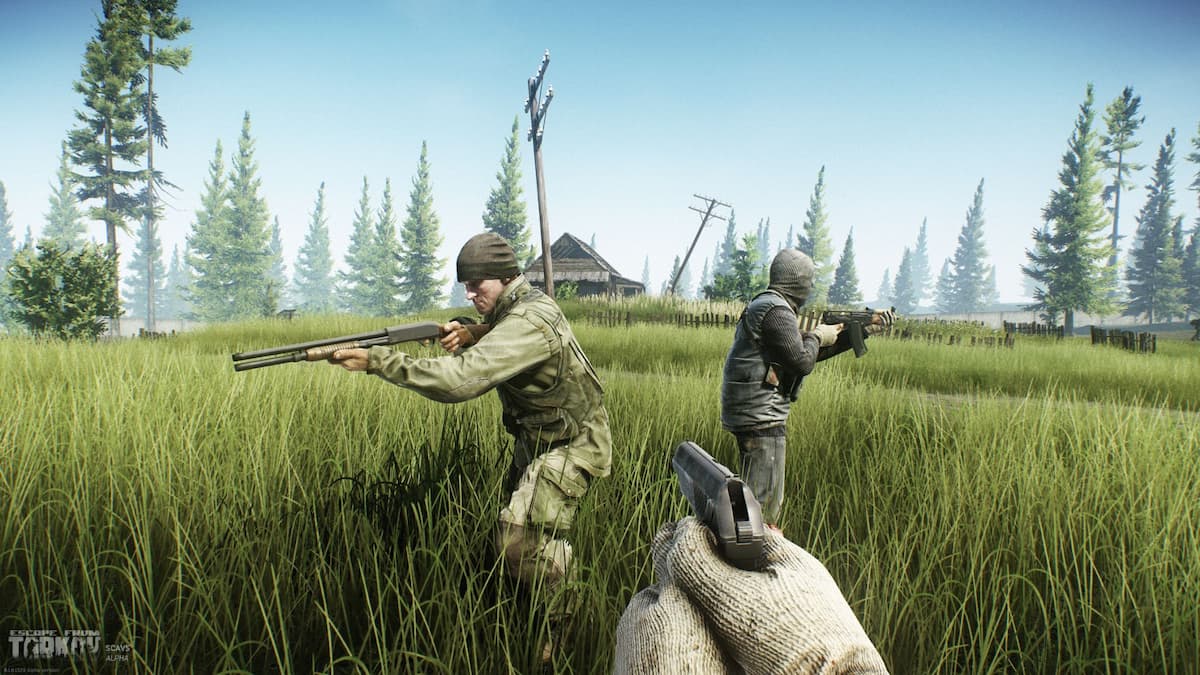How do you create a video game? It’s a question without a singularly correct answer — each variation depending on the creator’s knowledge of coding, proclivity toward visual art, ability to compose music, and the amount of free time they are willing to give up to chase the elusive title of Game Designer. All of this is, understandably, a lot of work; not everyone has the time or energy (or YouTube channel that specializes in analyzing game design) to dedicate their lives toward this lofty goal, which is where creation software comes in handy. Programs like Garry’s Mod, the various iterations of RPG Maker, Super Mario Maker, Roblox, and Fortnite’s Creative Mode are designed to be frictionless sandboxes that provide players the tools to create without bogging themselves in the nitty gritty.
One of the most diverse and limitless creator sandboxes is Dreams, Media Molecule’s passion project that spent nearly a decade in the oven to provide players with the most user-friendly game creator on the market. Media Molecule has always been in the game creator business: its flagship series, Little Big Planet, included a surprisingly in-depth level creator in addition to the hand-crafted campaign. Creating has been tantamount to the studio, and it strives to make the experience as effortless and bountiful as possible.
When Dreams finally released in 2020, it was met with a warm critical reception. People loved the “campaign” Art’s Dream, an adventure created internally at Media Molecule with the tools available to all players who purchased the game. Creators went wild with the tools, making everything from original games and riffs on established games, to animations and tech demos. The community was friendly and vibrant; an award show, the Impys, was hosted yearly to showcase the best creations. Dreams was set to be not just a game, but a platform — a place for people to create new experiences for years to come.

Sadly, that doesn’t seem to be the case anymore, as Media Molecule recently announced the end of its support for Dreams in September. To be clear, the game isn’t going anywhere, but without updates — and with major storage limitations on the way — it isn’t exactly alive, either. In shifting focus to their next project, the team at Media Molecule has decided to simply stop updating Dreams, placing it in a sort of liminal REM-like state where creation is possible, but after September, there will never be another update, Impy Awards show, or developer streams. The game, for all intents and purposes, will solely belong to the community.
Trying to decode why Media Molecule has made this decision is impossible. (Studio co-founder and creative lead Mark Healey recently left the company, although connecting these two endings would be a project in hearsay and speculation.) It’s possible the small team’s new project grew beyond their expectations — requiring more hands than allocated — and had to start taking resources elsewhere. Perhaps the money now made from Dreams was too limited to justify continued support, or developers simply got tired and wanted to move on to something new. Here’s the only thing we can say for sure: Game creators are not meant to be standalone video games.
At $30, Dreams was cheaper than your average game; its closest analog, Super Mario Maker 2, launched for $60 and, arguably, had even less curated content included. Both games drew creators in droves, but those of us who are less creatively inclined (like myself) found the games like a bag of chips: some quality morsels but mostly empty air. There were worthwhile experiences, games, and levels made with such tact and care that you can tell the person who made it is destined for great things. But much of the package was people trying, struggling, and learning to get better, which is great for creators but awful for players. That’s the struggle of relying on user-generated content — for every fantastic experience, there will be dozens upon dozens of lesser ones. Though the creators will inevitably get better with time, the number of invested players will dwindle to the point where there’s no one else around to play the game. Instead of the vibrant, self-sufficient platform they were envisioned as, both games shrunk until the developers decided to pull the plug on support and move on to the next big thing.

Successes exist within the genre: Fortnite Creative has opened up endless possibilities within the world’s most popular game; Halo Infinite Forge mode allows players to create the experiences they feel developer 343 Industries is lacking; and Roblox is so successful, it has multiple controversies surrounding how it treats developers. But none of these creation suites exist on their own — they are all subsidized by larger, more financially successful experiences. When Fortnite is bankrolling the sandbox, it’s a lot easier to allocate a dedicated team to continual updates while creators slowly learn the tools to create something entirely innovative and new. Dreams simply didn’t have that, and as much as we all like to romanticize the notion that video games (and film, television, and writing) are solely about art, at the end of the day, they aren’t. It’s a business. And it’s impossible to keep a business going without a profit to sustain it.
Supported or not, Dreams was an incredibly important game, one that inspired droves of people to create and gave them the tools to follow their, well, dreams. It’s still a viable platform for game development, and probably one of the most beginner-friendly experiences readily available on the market. The game might not last the decade Media Molecule envisioned, but it certainly had an impact on the industry that will continue to be felt in small ripples for years to come. The best thing Sony and Media Molecule can do now is make the program free, or at least much cheaper. Turn it into the accessible, entry-level software it was always destined to be. Who knows, by getting the game into the hands of the right person, events could be set in motion to change the industry forever. It’s an optimistic way to look at it, sure, but isn’t that what dreams are to begin with? They’re just joyful hopes.







